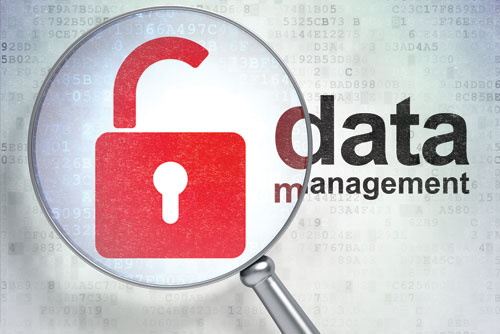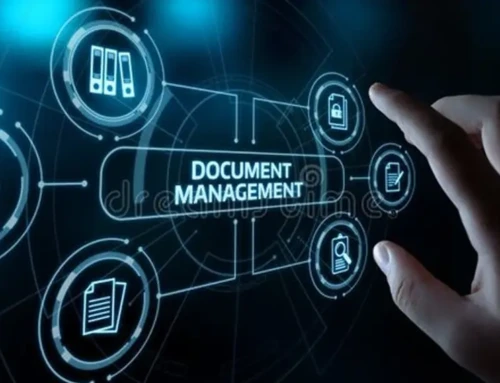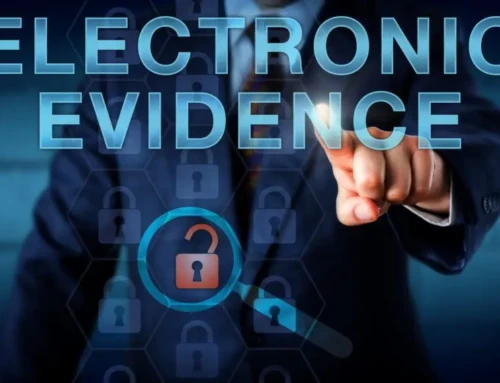Finally, the realization may be dawning that many organizations don’t really have reliable and defensible ESI records. Just ask the credit card companies who were the lead story in the New York Times earlier this week.
When the evidence of debt is challenged in court, many credit card companies are unable to meet the burden of “authenticating” their records – showing that the debt claimed to be owed them is accurately portrayed by the ESI records being introduced into evidence. One Brooklyn judge who presides over 100 debt collection cases daily, is quoted as saying the evidence is flawed in as much as 90% of the cases.

Some of those flaws are related to “robo-signing” that also cropped up in mortgager/foreclosure fiasco during the past year. However, when you think about the robo-signing, it also boils down to what records were maintained and whether they were reviewed by the person signing the affidavit. Ultimately, it comes back to how reliably were the records maintained so that someone could review them and prepare an affidavit?
These aren’t small-time mom and pop creditors who are having trouble with their electronic records cum evidence. These are some of the largest and best financed enterprises – credit card companies. We are talking about financial service organizations who cannot demonstrate the accuracy of their records. While most have undoubtedly implemented a reliable storage system, these organizations failed to consider important aspects when designing and implementing their Electronic Content Management (ECM) environments:
- reproducing an exact copy of what the customer signed or viewed and agreed to
- reproducing an exact copy of the billing sent to the customer
- having policies and procedures in place that can help demonstrate the consistency of the human interaction with the systems
- having individuals familiar with the entire process (including the technology) involved in the capture systems who can testify to the accuracy of the records and in legal parlance, lay the foundation for the documents being introduced into evidence.
In reviewing a billing statement claimed by one company to accurately reflect a bill sent to the customer in 2004, the NY Times found advertisements from 2010 on the hard-copy document. The failure to be able to reproduce the billing statement it claimed to have sent the customer, at the very least, puts to test the issue of credibility and reliability of the amount claimed owed. At worst, it puts into question the entire recordkeeping practices of the organization.
This is not a new issue – it has been lurking since companies began routinely relying upon Electronically Stored Information (ESI) for their business records. An occasional court case cropped up in the appellate divisions, but with the focus of legal practitioners devoted to learning and managing E-Discovery, little thought was given to old fashioned legal principals of laying the foundation to introduce the evidence in court. This is especially true of older ECM systems that often were developed without including the Legal Department input. And, even American Express, which was unable to satisfy a bankruptcy court nearly 10 years ago as to the authenticy of its records continues to have similar problems, according to the Times article.
Our evidentiary codes were developed in a time when you could review a piece of paper and determine if it was authentic by looking for an original signature and any changes. Those days are gone and now foundation must be provided that demonstrates the ESI was maintained in a reliable and trustworthy fashion. Certainly following the best practices and standards set out by AIIM, ANSI,ARMA and ISO would be a good start for all organizations to demonstrate the system/enviornment in which the ESI is kept is trusted.
Now might be a good time for organizations to assess what changes need to be made in their ECM environment in order to be able to demonstrate the accuracy of business records – especially if they will need to rely upon them in court.
Flaws in 9 out of every 10 debt collection case is an opportunity for:
- all organizations to assess their ESI practices, from creation through storage and reproduction against the industry standards
- lawyers in all cases to think about the foundational issues in their cases and challenge adverse evidence based on the inability to demonstrate the reliability of the evidence.
- To anyone unrepresented in a debt-collection case to ask the credit card company to demonstrate the authenticity of their records.









